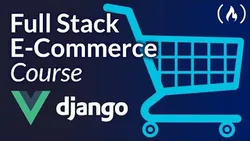
E-commerce Website With Django and Vue Tutorial (Django Rest Framework) 
This tutorial provides step-by-step instructions on how to create an e-commerce website using the Django and Vue frameworks. It covers the basics of Python and JavaScript, as well as how to use Django and Vue to build a functional website. ▼
ADVERTISEMENT
Course Feature
![]() Cost:
Cost:
Free
![]() Provider:
Provider:
freeCodeCamp
![]() Certificate:
Certificate:
Paid Certification
![]() Language:
Language:
English
![]() Start Date:
Start Date:
On-Demand
Course Overview
❗The content presented here is sourced directly from freeCodeCamp platform. For comprehensive course details, including enrollment information, simply click on the 'Go to class' link on our website.
Updated in [March 06th, 2023]
This course provides an overview of how to build a dynamic e-commerce shop using the frameworks Django and Vue.js. Participants will learn how to install and set up the frameworks, create Django apps, models, serializers and views for products, create a simple front page, view a product and set up code to add items to the cart. They will also learn to implement a loading bar, set the page title and make it possible to view different categories, add a search feature and view and edit the cart. Participants will learn to make it possible to sign up, log in and create a simple my account page. They will also learn how to make a checkout page, create a success page and show orders on the my account page. Finally, participants will learn how to deploy Django and Vue (generate files locally, send files to server, set up nginx virtual host).
[Applications]
Upon completion of this course, students will have the knowledge and skills to create a dynamic e-commerce shop using Django and Vue.js. They will be able to install and set up the frameworks, create Django apps, models, serializers and views for products, create a simple front page, view a product and set up code to add items to the cart. They will also be able to implement a loading bar, set the page title and make it possible to view different categories, add a search feature and view and edit the cart. Additionally, they will be able to make it possible to sign up, log in and create a simple my account page, make a checkout page, create a success page and show orders on the my account page. Finally, they will be able to deploy Django and Vue (generate files locally, send files to server, set up nginx virtual host). With this knowledge, students can apply their skills to create their own e-commerce website.
[Career Paths]
Career Paths:
1. Web Developer: Web developers are responsible for creating and maintaining websites. They use a variety of programming languages and frameworks, such as Django and Vue, to create dynamic websites that are both functional and visually appealing. Web developers must be able to troubleshoot and debug code, as well as have a good understanding of user experience and design. The demand for web developers is growing, as more businesses are turning to the internet to reach their customers.
2. E-commerce Developer: E-commerce developers are responsible for creating and maintaining online stores. They use a variety of programming languages and frameworks, such as Django and Vue, to create dynamic e-commerce websites that are both functional and visually appealing. E-commerce developers must be able to troubleshoot and debug code, as well as have a good understanding of user experience and design. The demand for e-commerce developers is growing, as more businesses are turning to the internet to reach their customers.
3. Software Engineer: Software engineers are responsible for developing and maintaining software applications. They use a variety of programming languages and frameworks, such as Django and Vue, to create dynamic software applications that are both functional and visually appealing. Software engineers must be able to troubleshoot and debug code, as well as have a good understanding of user experience and design. The demand for software engineers is growing, as more businesses are turning to the internet to reach their customers.
4. Data Scientist: Data scientists are responsible for analyzing and interpreting data. They use a variety of programming languages and frameworks, such as Django and Vue, to create dynamic data visualizations that are both functional and visually appealing. Data scientists must be able to troubleshoot and debug code, as well as have a good understanding of user experience and design. The demand for data scientists is growing, as more businesses are turning to the internet to gain insights from their data.
[Education Paths]
The recommended degree paths for learners of this course are:
1. Bachelor of Science in Computer Science: This degree program provides students with a comprehensive understanding of computer science principles and technologies, including programming, software engineering, computer networks, and database systems. It also covers topics such as artificial intelligence, machine learning, and data science. This degree is ideal for those interested in developing and managing software applications and systems.
2. Master of Science in Information Technology: This degree program focuses on the development and management of information systems and technologies. It covers topics such as software engineering, database systems, computer networks, and web development. It also provides students with the skills to design, develop, and manage information systems and technologies.
3. Master of Science in Cybersecurity: This degree program focuses on the security of computer systems and networks. It covers topics such as cryptography, network security, and digital forensics. It also provides students with the skills to design, develop, and manage secure systems and networks.
4. Master of Science in Data Science: This degree program focuses on the analysis and management of large datasets. It covers topics such as machine learning, data mining, and data visualization. It also provides students with the skills to design, develop, and manage data-driven systems and applications.
The development trends for these degree paths include the use of artificial intelligence, machine learning, and data science to develop and manage software applications and systems, as well as the use of cryptography, network security, and digital forensics to secure computer systems and networks. Additionally, the use of machine learning, data mining, and data visualization to analyze and manage large datasets is becoming increasingly important.
Course Provider

Provider freeCodeCamp's Stats at AZClass
Discussion and Reviews
0.0 (Based on 0 reviews)
Explore Similar Online Courses

How to Make a Wordpress Website - Step by Step!! - 2020

iPad Doodling: Create Doodle Art Using Procreate
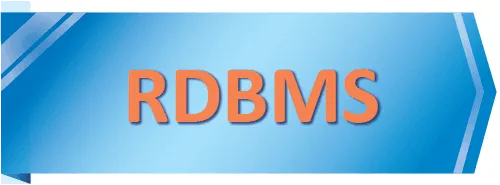
RDBMS PostgreSQL
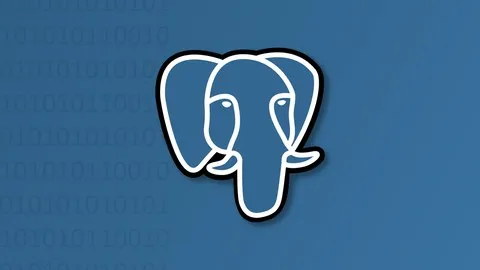
Intro To PostgreSQL Databases With PgAdmin For Beginners
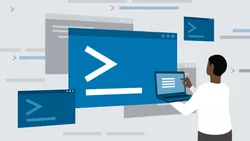
PostgreSQL: Client Applications

Mastering SQL using Postgresql

Database Design and Basic SQL in PostgreSQL
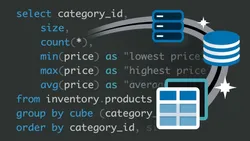
PostgreSQL: Advanced Queries

Spatial SQL with Postgres : A language for geographers

Learn SQL Using PostgreSQL: From Zero to Hero
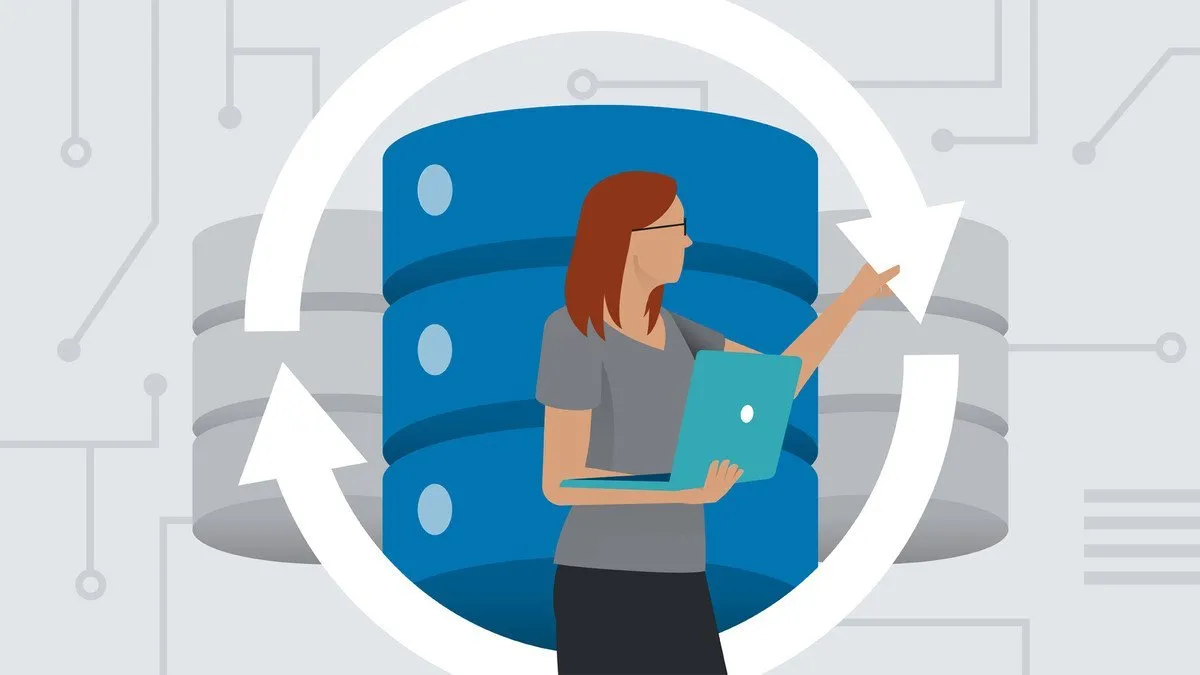
PostgreSQL Essential Training
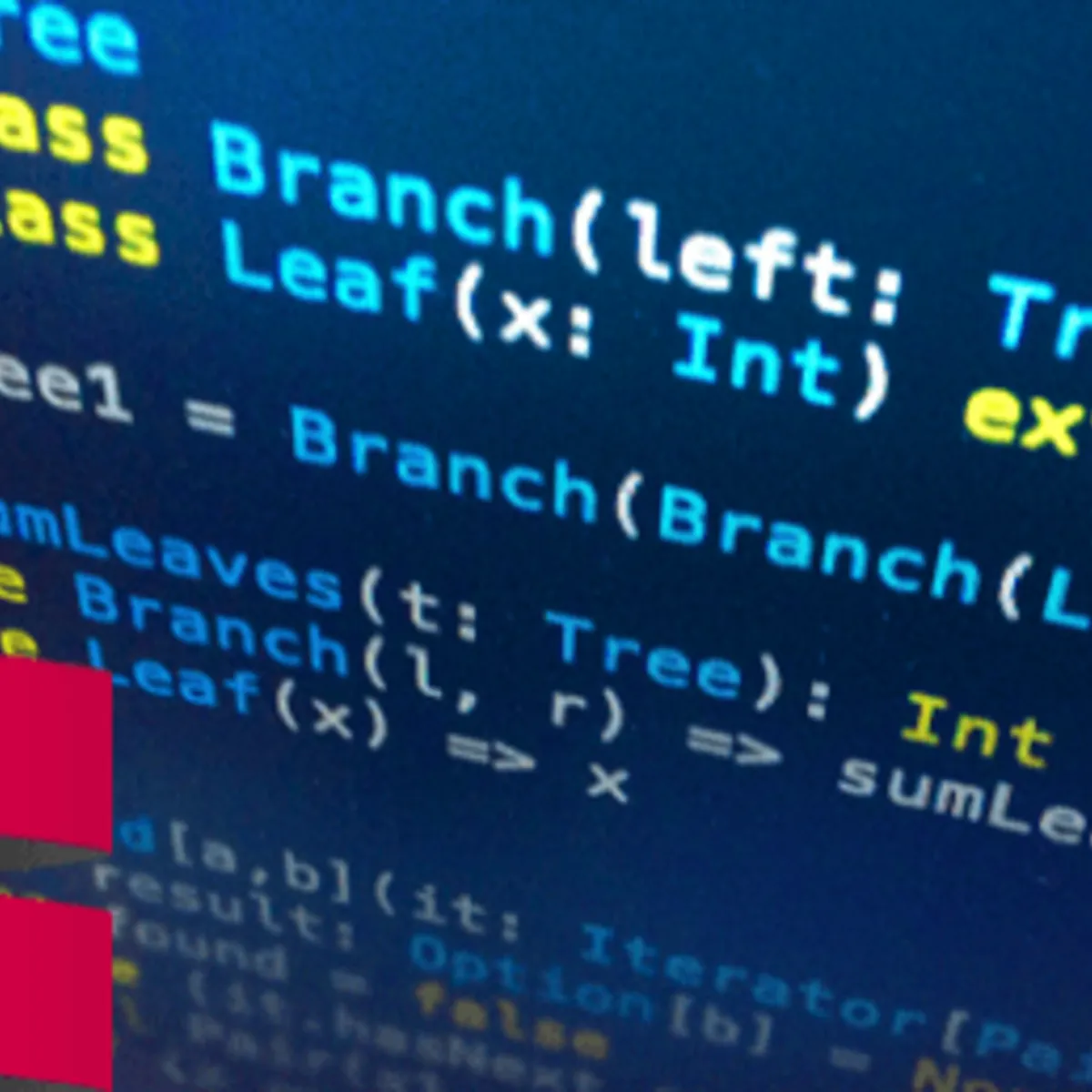
Big Data Analysis with Scala and Spark
 Related Categories
Related Categories
 Popular Providers
Popular Providers
Quiz
 Submitted Sucessfully
Submitted Sucessfully
1. What will you be able to do after completing this course?
2. What will you learn to do in this course?
3. What will you learn in this course?
4. What is the main purpose of this course?
Correct Answer: To build a dynamic e-commerce shop.


Start your review of E-commerce Website With Django and Vue Tutorial (Django Rest Framework)